I, even I, have seen the deathless Triumphant, and the Morning Star who walks divinely among them. ~ Egyptian Texts
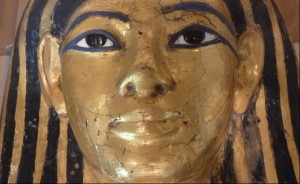 A couple of years ago two of my friends died within a short period of each other. One was a man who was older than I was, and the other was a woman who was my age. They both died of disease. The woman had been sick for about two years, and the man had dealt with his illness for over ten years. As it happened, I saw both of them hours before they died; both were difficult visits.
A couple of years ago two of my friends died within a short period of each other. One was a man who was older than I was, and the other was a woman who was my age. They both died of disease. The woman had been sick for about two years, and the man had dealt with his illness for over ten years. As it happened, I saw both of them hours before they died; both were difficult visits.
The month that followed, which included both funerals, was a troubling time for me. The shock of seeing my friends physically degraded by disease was very disturbing. It was difficult not only because I had lost two good friends, but also because seeing them in those last days made me anxious about the humiliations that might lay ahead for me. I transformed my fear and grief as best I could, as we all do, but then one night I had a dream in which I saw both friends. I didn’t see them as the adults I had known. They appeared to me as infants, with many possibilities before them.
Most of my dreams are simply the working out of the frustrations, fears, and joys of my lower centers, but occasionally higher centers use a dream state to communicate something to me. And I believe this was such a dream. What I understood was that my friends had moved on. I felt that there was no longer a reason for me to grieve for them. Whatever had survived the experience of playing their ‘roles,’ was no longer concerned with the lives they had lived.
The interval between their deaths and the dream was about a month and that resonated with me. At first I didn’t understand why, but after a couple of days I remembered that Rodney Collin, in his book The Theory of Eternal Life, surmised that the experience of our afterlife includes a period of judgment or assessment that in his estimation lasts about a month. His theory is based on the difference in the speed of perception between higher centers and lower centers. He concluded that an average life, seventy-six years, could be relived, backward as it turns out, in forty minutes by the higher intellectual center and in about a month by the higher emotional center.
This realization led me to wonder if there could be an objective mourning period; that is, a period of time that is not based on our feelings about the death of a friend, but is instead based on the actual afterlife experience of the deceased. The idea is simple: if the deceased is required by natural laws to go through a period of assessment, then during that process he or she will relive, in a heightened state, all the important interactions he had with his family and friends, the same people who are grieving for his loss. It occurred to me that maybe our tendency to remember the more emotional encounters with the deceased is actually a mirror of an objective process that the dead must pass through in order to move to another life or to a more permanent bodiless existence.
The theory here is that we all, by nature, live through our lives three times. In the life that we know, we are focused in the physical body, which has a certain rate of processing impressions. This rate is what we think of as the normal flow of time. Our thoughts and our concerns (our I’s) occur at a rate of about one every three seconds. This is the perception of the lower centers. It is what is familiar to us. Death destroys this perception because the body is the vehicle that we need to perceive time at this rate. Death leaves us with two other potential vehicles of perception: the higher intellectual center and the higher emotional center.
The idea is that the energy created at the moment of death triggers a reliving of the life just lost, but at an incredibly rapid rate. The figure at its peak works out to be about 160 million times faster than the rate at which we ordinarily perceive. What faster means, in this case, is that one impression has the ability to hold years of thoughts, actions, and emotions. Speed here implies an expansion of perception. As an example let’s say that you take a trip with a friend across Europe, and visit major cities like Paris, London, Amsterdam, and Milan. The way you experience the trip is moment by moment: you sit in the train, you eat breakfast at a hotel, you stand in a museum looking at a picture, you attend a concert. These occasions are remembered because you are able to be present to them moment by moment. Now imagine that you can relive that month in the space of three seconds: everything that you felt about your traveling companion, every painting or statue that meant something to you, every moment where you were frustrated or felt angry, and every time that you sat in a restaurant or lounged in the sun drinking coffee. All that was perceived and felt in that month would be seen as a single impression. The power of that impression would be, for most us, overwhelming. Such an experience would be both ecstatic and unbearable at the same time.
Passage from the physical world into the electronic world (higher intellectual center) would be literally akin to the detonation of an atom bomb… But what man’s consciousness is strong enough to become attached to the explosion of an atomic bomb and retain its awareness? ~ Rodney Collin
Collin explains that this state, which he calls our ‘deathright,’ is too intense for the being of an unprepared man. He suggests that without some first-hand knowledge, during life, of higher centers and the accompanying self-remembering required to maintain such a heightened state, the deceased would be unable to process the intensity of the experience.
The impact of such a change of state on a person who is completely unprepared for it, and whose whole being has been centered on physical phenomena, would inevitably produce unconsciousness. ~ Rodney Collin
I think we can suppose that the phenomena of life passing before my eyes that so many people report after having a near-death experience is but the first inkling of what is really possible at the moment of death. Imagine all the joys, all the hurt and trauma, all the regrets, and all the love you felt in your life compressed into forty minutes. Collin suggests that this experience is what waits for all of us immediately following the moment of death.
His theory is that the moment of death creates the most intense energy and that time in the afterlife, our month, gradually slows down to a point where the deceased is able to process the impressions.
Thou hast been in a swoon during the last three and one-half days. As soon as thou art recovered from this swoon, thou wilt have the thought, ‘What hath happened!’ ~ Tibetan Book of the Dead
This time of insensibility can also be seen on our side; that is, on the side of the friends and family of the deceased. This period can be seen to mirror the initial emotional shock when someone near us dies. It generally takes a few days before we can begin to transform and mourn the loss of a loved one. After that the shock is far enough removed from our consciousness that we can let it enter us without feeling overwhelmed. In other words at the same time we are asking ‘What has happened to my friend?’ our friend is asking ‘What has happened to me?’
At this stage we can assume that the rate of impressions perceived by the deceased will have slowed down to the point where it is possible for the higher emotional center to recover itself. Here we must imagine that the deceased awakens to a vision of his life passing quickly before him. It doesn’t take much imagination on our part to understand why the soul takes this event to be a judgment. Imagine it: you awaken and you find yourself watching the passing of your life, but this time you’re seeing it in reverse; you’re seeing the events of your life and then and actions and causes of those events. And you can change nothing.
We need to remember that though the form of this stage of the afterlife is the same for everybody, the content of the experience will be individual and extremely varied. For instance, a short life will render a short judgment. And a good life may produce a feeling of intensified joy, and a selfish, uncaring life may produce an intense feeling of remorse and pain. A person who was absolutely convinced that there is no life after death may deny the experience altogether, and because of this belief remain insensible to the inherent lessons and possibilities nature provides. A person who has religious beliefs may live out the myths he expects; he may feel that he is being rewarded or punished. He may even believe he has reached heaven or hell or that he stands before his god.
But really all that is occurring is that the higher emotional center is seeing the life it has just lived. The judgments and mythological figures that appear all come from the mind of the deceased.
Apart from one’s own hallucinations, in reality there are no such things existing outside oneself as Lord of Death, or god, or demon, or the Bull-headed Spirit of Death. ~ Tibetan Book of the Dead
On our side the funeral service gives us some idea, no matter how vague and sentimental, of the journey of the deceased. Here again we have parallels: the eulogy provides friends and family with a shortened version of the life of the deceased and the service itself almost always calls for mythological figures to oversee and to judge.
From the point of view of the Gurdjieff work the most important capacity the deceased takes to his death is the ability to focus his energy or remember himself. Without this, his afterlife will be mired in imagination and periods of unconsciousness. His being must have some practice in inhabiting higher centers. If his sense of self identifies only with the body and its desires, then the perception and speed of higher centers will be, if not disorienting, at least disconcerting. He will be truly confused by the question ‘What has happened to me?”
On the side of the living the final ritual of mourning is the burial or in some cultures the cremation of the body. For the deceased we must imagine that toward the end of the month his perception slows down to a point that it is not much faster than the perception of lower centers. (Collin figured about ten times faster.) The momentum of the energy created by the event of his death has run its course, and now he must move on to his next experience, whether that is a new life or a recurrence of his old life or a bodiless adventure that we can only begin to imagine. In all cases what this means is the end of a cycle. Earth to earth. Dust to dust. What was is no more. But it is also a new beginning.
On both sides there is, or should be, the sense of taking away the essence of what was a life. On the side of the deceased, this is literal; he takes all that is imperishable from his life and carries it to his next adventure. The luggage that accompanies him may be positive and life-affirming or it may be heavy and filled with cruelty or untransformed anger and trauma. Only a perfected man emerges from his life with no luggage.
On our side we walk away from the cemetery into a life that goes on without the company of someone we cherished. Just as the deceased may carry unresolved issues into his new life, we may also carry regrets and painful memories long past the month that nature has set aside for mourning.
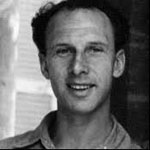 Grief has its season. We must give it space when the time is right, but we must also realize that, as in everything, there is only so much we can do. Life’s great lesson is that everything is transitory. Understanding of the world must be, first and foremost, based on the knowledge that the things and people of this world are passing, and that to cling to them is inevitably a source of suffering. Self-remembering teaches us how to love greatly, but it also gives us the perspective to remain separate. Transforming grief, for us, means bringing self-remembering to what we feel about the death of a loved one. There can be no transformation without the perspective of higher centers, so we must find our way there and hold to the focus that will serve us in this life as well as in the next.
Grief has its season. We must give it space when the time is right, but we must also realize that, as in everything, there is only so much we can do. Life’s great lesson is that everything is transitory. Understanding of the world must be, first and foremost, based on the knowledge that the things and people of this world are passing, and that to cling to them is inevitably a source of suffering. Self-remembering teaches us how to love greatly, but it also gives us the perspective to remain separate. Transforming grief, for us, means bringing self-remembering to what we feel about the death of a loved one. There can be no transformation without the perspective of higher centers, so we must find our way there and hold to the focus that will serve us in this life as well as in the next.
Very little about us is final, including death. The universe is continually transforming itself, and if we are going to survive its realities, then we must do our work and adapt.

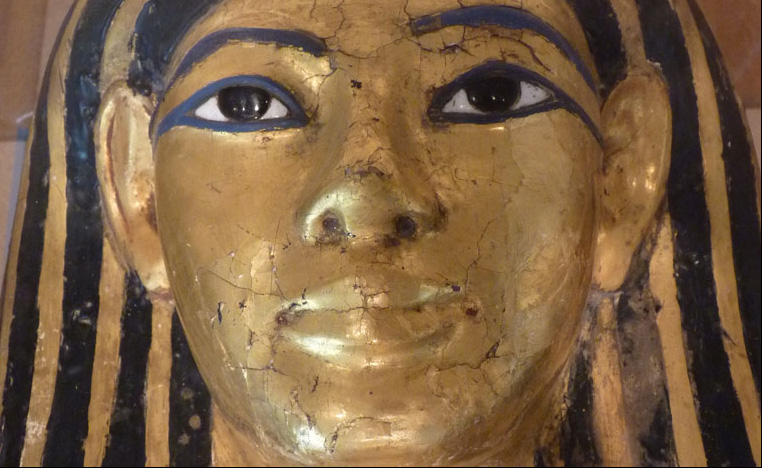
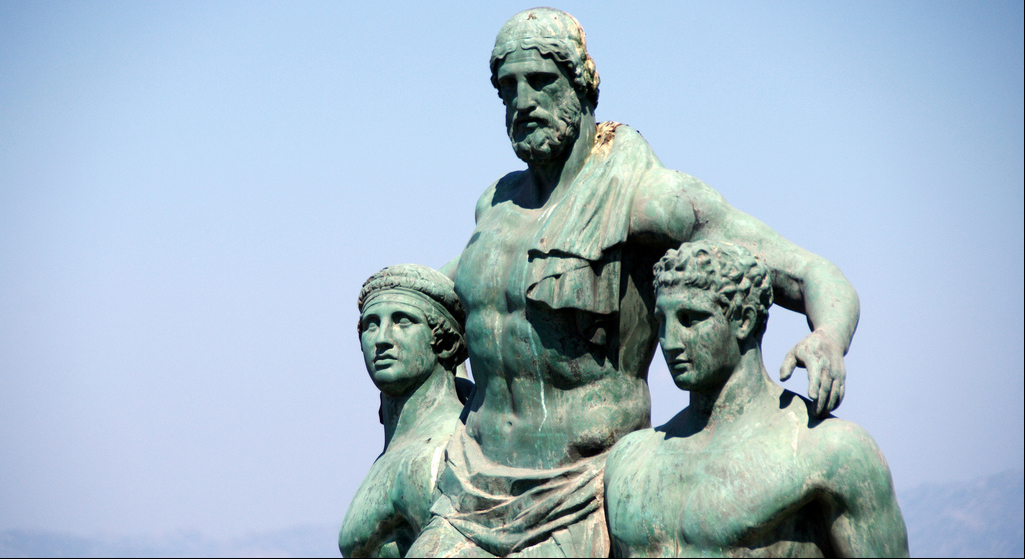


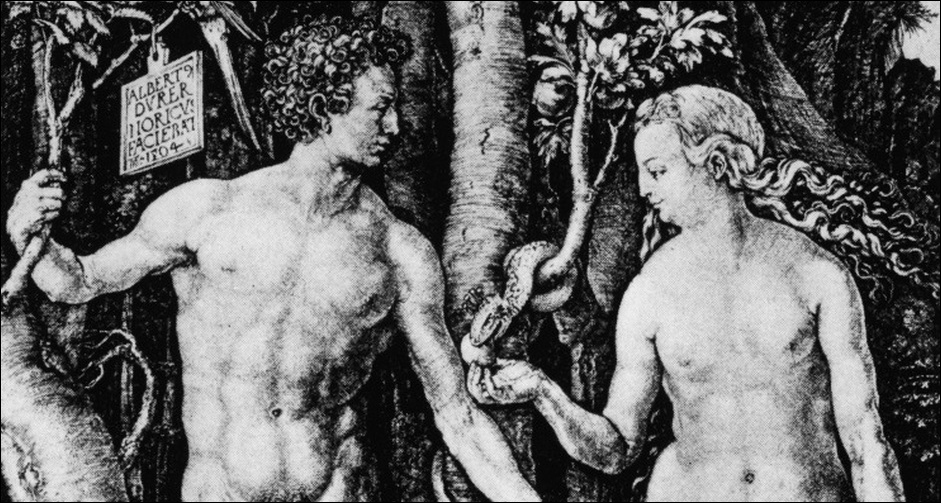





Thank you for this – beautifully written.
Thanks William, I will see you at the end of July.
Thanks a lot for sharing your insights. An inspiring resonance.
Self remembering and why it is necessary to survive the shock of death is explained in this article in such a way that it helped me to have an understanding in a way I had not before. Thank you.
Thank you.